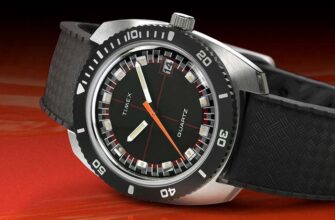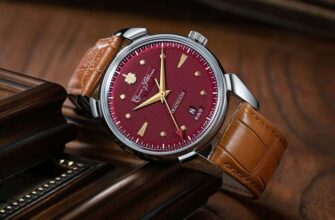The company, founded by Edmond Mathieu-Tissot, has existed for more than a century and has nothing to do with the Tissot brand. Well, except that their factories were located relatively close.
The brand was founded in 1886 in the small Swiss village of Le Pont de Martel, in the heart of the Jura Mountains, in the canton of Neuchâtel (as we all know, this is one of the most important watch cantons in Switzerland). The young and talented, but poor watchmaker Edmond Mathieu married a girl from the wealthy Tissot family (thus the second part of his surname arose) and opened his own business - the Mathey-Tissot manufactory. Edmond turned out to be a bold experimenter and launched the production of complex watches.
In the early years of the brand's existence, it specialized in producing repeater watches that chimed the time every hour and half hour. Edmond then relied on the production of chronographs, and this decision turned out to be key to the company's success. Beautiful, precise and reliable Mathey-Tissot chronographs have won not only many awards and prizes, but also gained popular love.
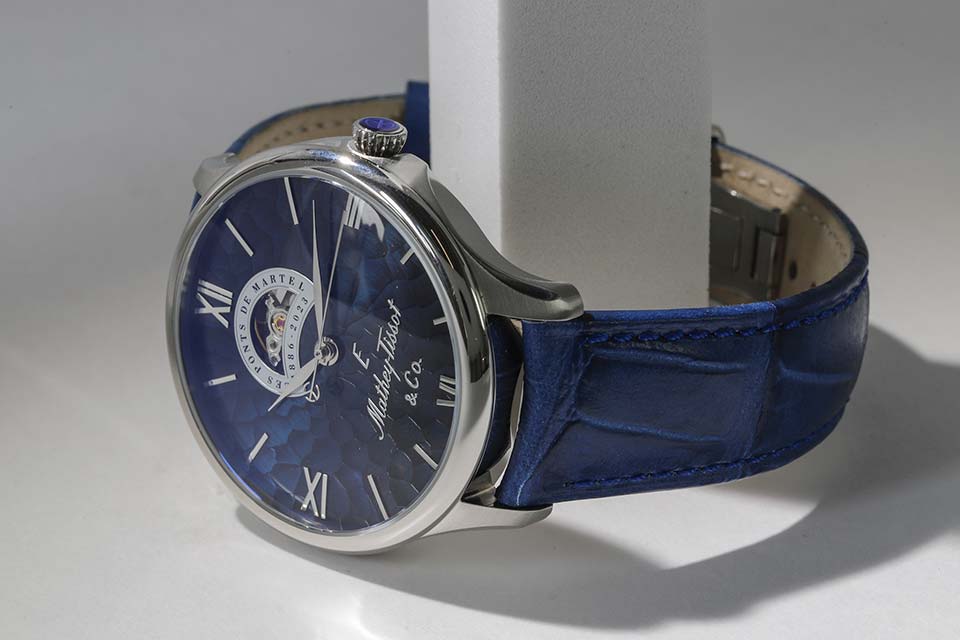
The next important date in the history of the company was 1890 - the beginning of the Boer War between Great Britain and South Africa. The military needed accurate and reliable watches, so the English government entered into an agreement with Edmond Mathieu-Tissot to supply a large number of watches for the army. Edmond had to urgently build a new factory to produce the required number of watches in order to comply with the terms of the contract.
However, the 20th century was very successful for the company. Mathey-Tissot watches received the Grand Prix at the Swiss National Exhibition in Bern and a host of other awards. They were ordered by the US armed forces and the British Navy. Mathey-Tissot mainly produced complex, expensive movements (repeaters and chronographs), of which they never produced many. Therefore, most of the calibers were supplied to other companies and installed in watches bearing their names.
Thus, according to data from the company’s archives, from the early 1960s until about the mid-70s, Mathey-Tissot produced the Cartier Tank model. The gold-cased watches were assembled in Le Pont de Martel and shipped to Cartier distributors in the United States. In addition, its movements were supplied to such major players as Concord, Tiffany & Co., TAG Heuer, Vacheron Constantin and others.
But over time, the demand for Mathey-Tissot models turned out to be very high and the company, having significantly expanded its own distribution, stopped supplying its movements to third-party manufacturers and even began purchasing unique calibers for limited collections.
Open heart

And so what I tested was the Mathey-Tissot Edmond model (the collection is named after the founder of the company) MC1886ABU with an interesting mechanism. This is not the usual caliber from ETA or Miyota, as you might think. This is a movement produced by Landeron - Landeron 24OH Open Heart (with an open balance axis). Haven't you heard of this one? So you missed a lot. Le Landeron is an area in Switzerland, in the canton of Neuchâtel, where Charles Hahn & Cie began operating in 1873 (13 years before Mathey-Tissot was founded).
It was a small but extremely successful family business. They produced their own watches and movements, and by 1923 they launched mass production of chronographs. As you understand, Edmond Mathieu-Tissot was seriously ahead of them in this. However, in 1926 Charles Hahn & Cie became one of the founders of Ebauches SA (later renamed ETA). Landeron produced column-wheel watch movements such as caliber 11, 13 and the unique caliber 39. It not only carried out orders for the US aviation and navy, but also became the main supplier to Breitling.
Unfortunately, the column-wheel chronographs it produced turned out to be too fragile and expensive, unlike the trouble-free Mathey-Tissot models. In order not to lose large military orders, the company's founders (Charles Hahn and Marcel Depraz) spent several years experimenting and created the cam switching technique. Their first new caliber had three buttons - one to start, one to stop and a third to reset. Quite quickly, the design of this mechanism was redesigned and improved, releasing the 2-button caliber 48, which became, perhaps, one of the most famous mechanisms for chronograph watches.
The next stage was the release of an even more advanced version - Landeron 248. Its success is evidenced by the fact that until 1970, the Landeron company produced about 4 million copies of this mechanism. And they are still used in limited collections of famous brands dedicated to historical heritage and vintage.
One of the striking examples is the Cuervo y Sobrinos Historiador Landeron collection. As you understand, such watches use only genuine movements produced half a century ago, and this earns respect from buyers who value authentic things, and not mass stamping.

True, the Mathey-Tissot Edmond MC1886ABU uses a more modern, but also quite rare version of the caliber - Landeron 24OH with an “open heart” mechanism. Therefore, the model was released in a limited edition - only 200 copies. The mechanism has 25 jewels and a frequency of 28800 vibrations per hour. Power reserve is the traditional 42 hours.
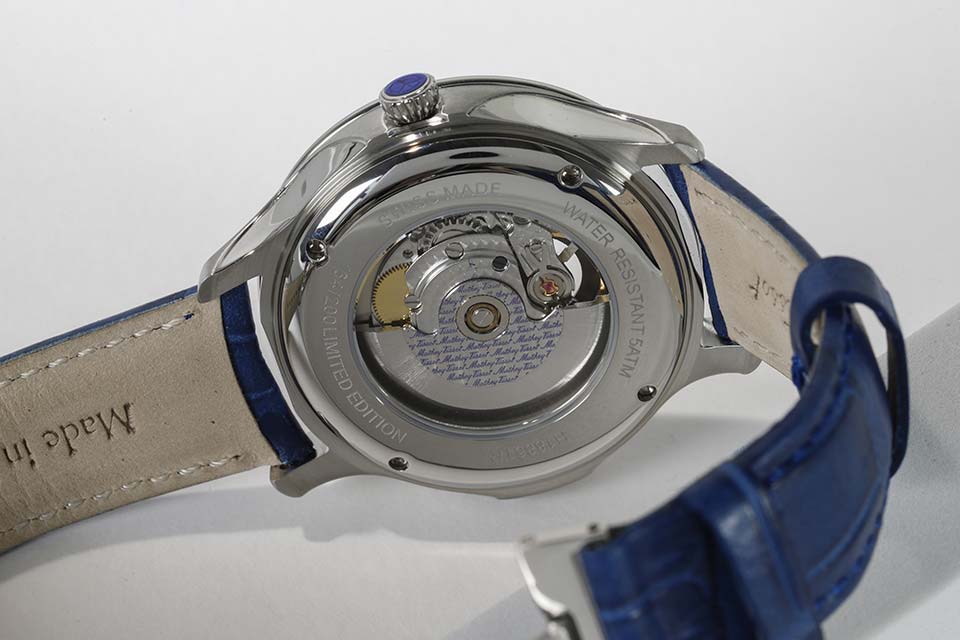
The round case, with polished and satin-brushed surfaces, measures 42 mm in diameter (and 11 mm thick), is made of stainless steel and features an open-heart dial that reveals the watch's gears and wheels. In addition, the watch has a transparent sapphire crystal case back, which is secured with bolts.

The dial is made using a unique technique and has a decorative “scaly” pattern. At the top of the dial there is an arched window (through which you can observe the operation of the balance axis), which refers to the style of models of the early 20th century. Thin steel hands and hour markers add elegance and charm to the watch.
To summarize, I would like to say that the model is well made (in Switzerland), has a sapphire crystal with anti-reflective coating on both sides and a stylish leather strap with a folding clasp that comfortably secures the watch on the wrist.
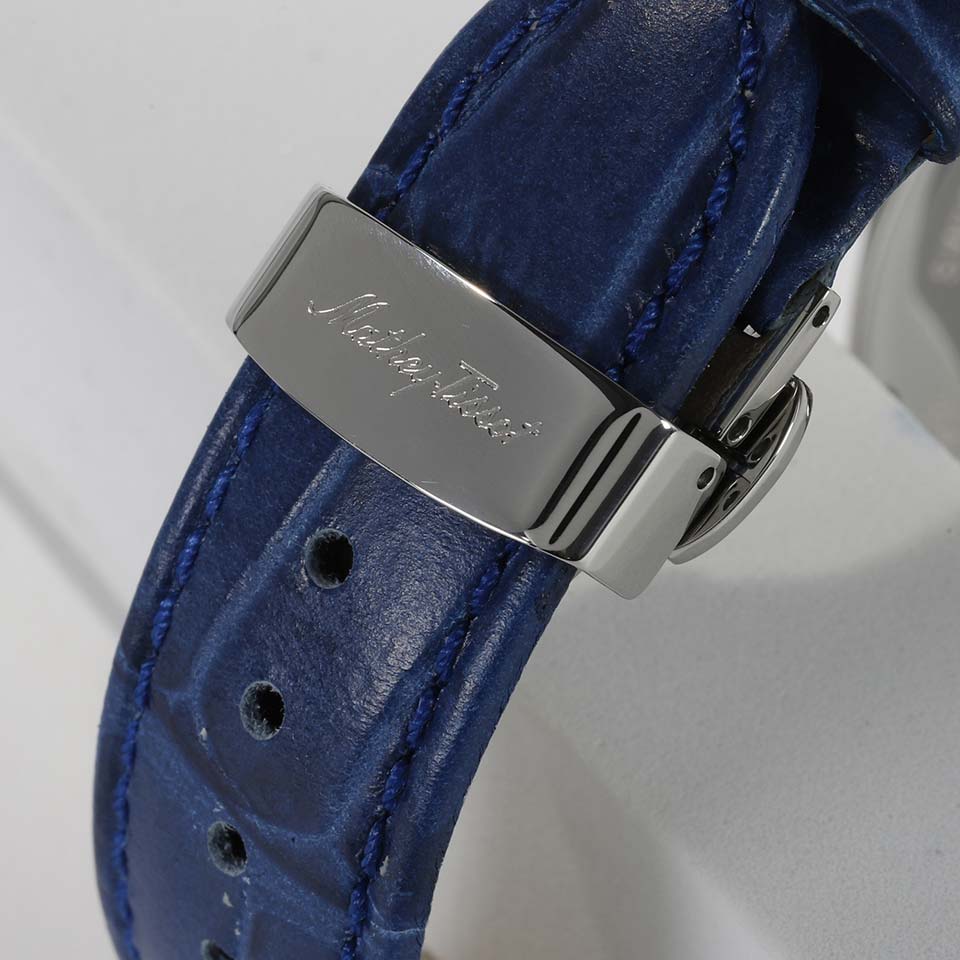
For clothes in the smart casual style, such watches look somewhat formal, but they will be just right with any business suit. A bonus is a light vintage chic that will add a certain spice to your stylish image of a modern businessman.
More Mathey-Tissot watches:


